Home>diy>Building & Construction>How To Be A Flagger For Construction
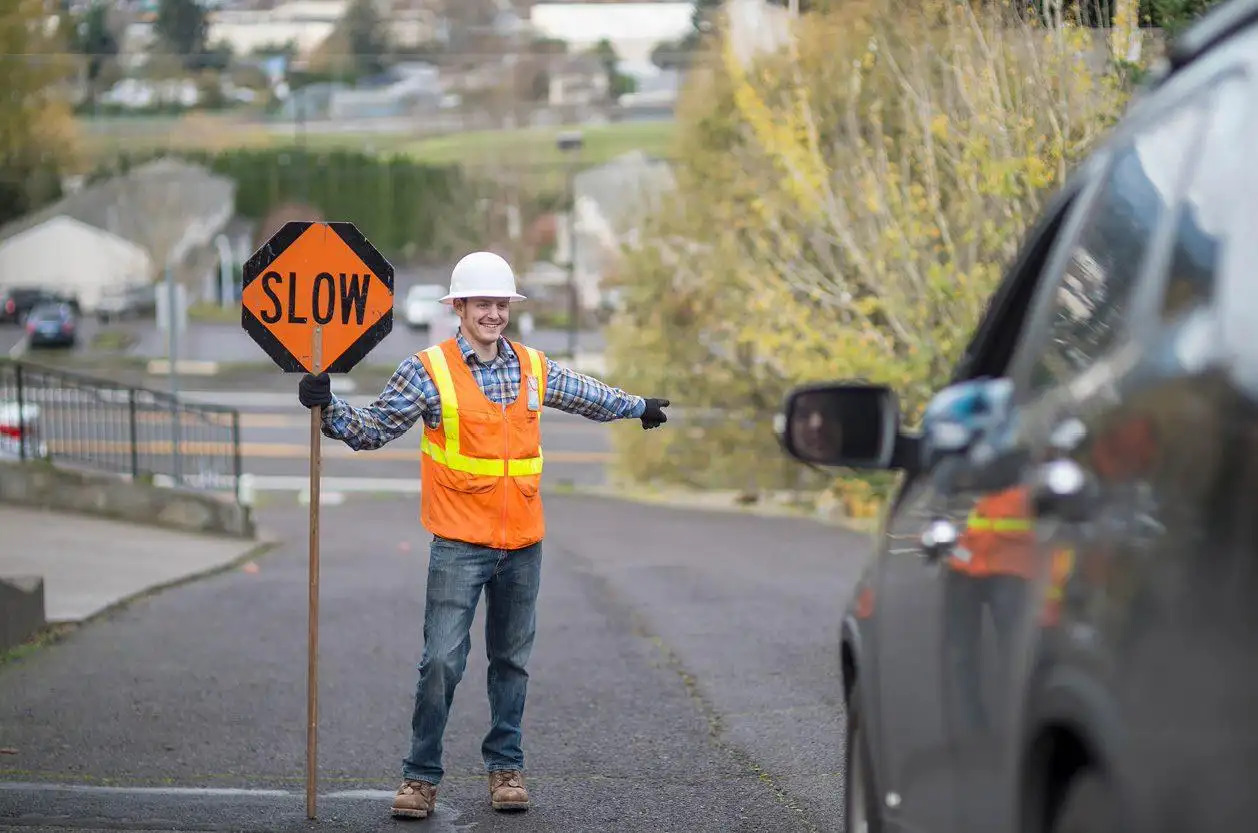

Building & Construction
How To Be A Flagger For Construction
Modified: September 1, 2024
Learn the essential skills and techniques to become a skilled flagger for building construction projects. Secure job opportunities with our comprehensive guide.
(Many of the links in this article redirect to a specific reviewed product. Your purchase of these products through affiliate links helps to generate commission for Storables.com, at no extra cost. Learn more)
Introduction
Welcome to the world of construction flaggers! In the bustling environment of a construction site, flaggers play a crucial role in ensuring the safety of workers, drivers, and pedestrians.
A flagger is responsible for controlling and directing traffic in and around construction zones. They are the unsung heroes who keep the flow of traffic organized and minimize the risks associated with construction activities. Without their guidance, chaos could easily prevail, leading to accidents and delays.
In this article, we will explore the important role of flaggers in construction sites and provide a comprehensive guide to becoming an effective flagger. We will delve into the essential skills and qualifications required, the equipment and signals used, as well as the safety guidelines and precautions flaggers must adhere to.
So, if you’re interested in joining the ranks of flaggers and want to make a positive impact in the construction industry, read on to discover what it takes to be a flagger and how to excel in this critical role.
Key Takeaways:
- Flaggers are the unsung heroes of construction sites, ensuring safety, traffic control, and efficient workflow. Their skills, certifications, and communication are vital for maintaining order and minimizing risks.
- Effective flagging requires clear communication, adaptability, and professionalism. Flaggers must navigate challenges, prioritize safety, and continuously enhance their skills through training and certification.
Read more: What Does A Flagger Do In Construction
What is a flagger for construction?
A flagger in the context of construction is an individual responsible for controlling traffic in and around construction sites. They serve as the vital link between construction workers and drivers, ensuring a safe and smooth flow of traffic around the work zone.
Flaggers are typically stationed at strategic points along the construction site, such as entrances, exits, and intersections. Their primary objective is to ensure the safety of all those involved by directing and guiding vehicles and pedestrians. They use a combination of hand signals, flags, and other signaling devices to communicate with drivers and coordinate movement in and out of the construction zone.
One of the key responsibilities of a flagger is to assess the traffic flow and adjust their signals accordingly. They must be able to react quickly to changing conditions and make split-second decisions to prevent any congestion or accidents. Flaggers must also be well-versed in the traffic rules and regulations specific to their jurisdiction, ensuring that all actions on the road comply with local laws.
Aside from maintaining traffic control, flaggers also assist construction workers by providing a safe passage for them to move equipment, materials, and heavy machinery within the work zone. They act as a crucial support system, helping to maintain a productive and uninterrupted workflow on the construction site.
Flaggers are not just responsible for the physical aspect of traffic control; they also serve as ambassadors for the construction project. They are often the first point of contact for drivers and pedestrians, and are expected to maintain a professional and courteous demeanor at all times. A friendly and approachable attitude goes a long way in promoting a positive image of the construction site and ensuring a harmonious relationship with the community.
Overall, flaggers are indispensable in the construction industry. They play an integral role in ensuring the safety and efficiency of construction projects, allowing workers to carry out their tasks without worrying about traffic disruptions or hazards. Becoming a flagger requires a combination of skills, qualifications, and training, which we will explore further in the following sections.
Importance of flaggers in construction sites
Flaggers are the guardians of safety on construction sites. Their presence and expertise are vital in maintaining order, preventing accidents, and ensuring the smooth flow of traffic within the work zone. Let’s delve into some key reasons why flaggers are essential in construction sites:
- Ensuring safety: Construction sites are often filled with hazards, including heavy equipment, construction materials, and uneven surfaces. Flaggers help minimize the risk of accidents by directing traffic away from danger zones and ensuring a safe distance from ongoing construction activities. They also play a crucial role in preventing collisions between vehicles and pedestrians.
- Traffic control: Construction projects usually require temporary changes to traffic patterns, such as lane closures, detours, or reduced speed limits. Flaggers help guide drivers through these changes, preventing confusion and congestion. By effectively managing traffic flow, flaggers ensure the uninterrupted progress of construction work while minimizing delays for drivers.
- Pedestrian safety: In addition to managing vehicle traffic, flaggers take into account the safety of pedestrians as they navigate around the construction site. They assist in providing safe crossing areas and ensure that pedestrians are aware of any potential hazards or changes in their route due to construction activities.
- Communication hub: Flaggers serve as a vital communication link between construction workers, drivers, and pedestrians. They relay important information to drivers using hand signals, flags, and other signaling devices, indicating when it is safe to proceed, stop, or change lanes. Effective and clear communication is essential in preventing accidents and maintaining order.
- Emergency response: In the event of an emergency or incident within the construction zone, flaggers are well-positioned to provide timely assistance. They can quickly alert emergency services and guide them to the correct location, minimizing response time and ensuring swift action when needed.
In summary, flaggers play a critical role in construction sites by ensuring the safety of workers, drivers, and pedestrians. Their presence and expertise in traffic control help to minimize accidents, promote efficient workflow, and maintain a harmonious relationship between construction projects and the surrounding community. Without flaggers, construction sites would be chaotic and hazardous, leading to potential accidents, delays, and costly consequences.
Essential skills and qualifications for a flagger
Becoming a flagger requires a combination of specific skills, qualifications, and certifications. To excel in this role, here are some of the essential skills and qualifications that a flagger should possess:
- Excellent communication skills: Flaggers must be able to clearly and effectively communicate with drivers, construction workers, and pedestrians. They need to provide instructions and guidance using hand signals, flags, and verbal commands. Good verbal and non-verbal communication skills are essential to convey messages efficiently and prevent misunderstandings.
- Knowledge of traffic laws and regulations: Flaggers should have a solid understanding of traffic laws and regulations specific to their jurisdiction. This ensures that they can enforce the appropriate rules and prevent any violations or unsafe behavior that could endanger workers or drivers.
- Ability to react quickly: Construction sites can be dynamic environments with rapidly changing conditions. Flaggers must be able to assess and react quickly to unpredictable situations, making split-second decisions to maintain traffic flow and ensure everyone’s safety.
- Physical fitness: Flagging is a physically demanding job that involves standing for long periods, sometimes in challenging weather conditions. Flaggers need to have the physical stamina to perform their duties effectively without compromising their own well-being.
- Alertness and attention to detail: It is crucial for flaggers to maintain a high level of alertness and focus while on duty. They must pay close attention to the movements of vehicles, pedestrians, and construction activity to prevent accidents and respond promptly to any potential hazards.
- Certifications and training: Many jurisdictions require flaggers to be certified before they can work on construction sites. Certified flaggers have undergone training programs that provide in-depth knowledge of traffic control techniques, safety protocols, and signaling procedures. Obtaining the necessary certifications showcases a flagger’s commitment to professionalism and ensures compliance with industry standards.
- Ability to remain calm under pressure: Flaggers often face challenging and high-pressure situations, such as dealing with impatient drivers or managing heavy traffic volume. The ability to stay calm and composed is essential in successfully carrying out flagging duties and maintaining order.
These skills and qualifications serve as a foundation for a flagger’s success in the construction industry. Continuous learning, staying updated on traffic control practices, and seeking opportunities for professional development can further enhance a flagger’s effectiveness on the job.
Now that we’ve covered the essential skills and qualifications, let’s delve into the specifics of flagging equipment and signals in the next section.
Understanding flagging equipment and signals
Flaggers rely on a variety of equipment and signals to effectively control traffic and communicate with drivers. Understanding these tools is essential for a flagger to carry out their duties efficiently. Let’s explore some of the common flagging equipment and signals:
- Flags: Flags are one of the primary tools used by flaggers to attract attention and convey specific signals. They are typically brightly colored, such as fluorescent orange or red, and are attached to a pole or handle. Flaggers use flags to indicate when drivers should stop, proceed with caution, or change lanes.
- Stop/Slow paddle: A stop/slow paddle is a handheld sign with the words “STOP” on one side and “SLOW” on the other. Flaggers use this paddle to alternate between stopping traffic and allowing it to proceed, depending on the flow of construction activity. The paddle is held upright to signal drivers to stop and then flipped horizontally to indicate they can continue.
- Signaling devices: In addition to flags and paddles, flaggers may also use signaling devices to enhance visibility and convey messages. These devices can include illuminated batons, flashlights, or LED signs. The use of signaling devices becomes especially important in low light conditions or when visibility is limited.
- Hand signals: Hand signals are a vital part of a flagger’s repertoire. They allow flaggers to communicate with drivers even when they are too far away for verbal commands or when there is excessive noise. Common hand signals include raising an open palm to signal “stop,” pointing in a specific direction to indicate a lane change, or making sweeping motions to indicate drivers should proceed with caution.
- Radio communication: In some cases, flaggers may be equipped with two-way radios to communicate with construction workers, other flaggers, or site supervisors. This allows for effective coordination and timely sharing of information, particularly in larger construction sites where communication over long distances is necessary.
It is essential for flaggers to be familiar with the proper use of these tools and signals. Consistency in applying signals and effectively conveying messages fosters clear communication between the flagger and drivers, minimizing confusion and reducing the risk of accidents.
Now that we have covered the equipment and signals, let’s move on to the important safety guidelines and precautions that flaggers must follow to ensure a secure work environment.
Read more: How Much Do Construction Flaggers Make
Safety guidelines and precautions for flaggers
Flaggers play a critical role in maintaining safety on construction sites. To ensure their own well-being and the safety of others, flaggers must adhere to strict guidelines and precautions. Here are some important safety guidelines and precautions that every flagger should follow:
- Wear high-visibility clothing: Flaggers should always wear high-visibility clothing, such as reflective vests, jackets, or shirts. This helps to make them easily visible to drivers, especially in low light conditions or poor weather.
- Use personal protective equipment (PPE): In addition to high-visibility clothing, flaggers should use appropriate personal protective equipment, including hard hats, safety goggles, and steel-toed boots, to protect themselves from potential hazards on the construction site.
- Maintain a safe distance from traffic: Flaggers should position themselves at a safe distance from moving vehicles to reduce the risk of accidents. They should avoid standing too close to traffic, particularly near blind spots or sharp curves.
- Stay focused and alert: Flaggers must remain attentive and focused on their surroundings at all times. They should avoid distractions, such as using cell phones or engaging in conversations that may compromise their ability to react quickly to potential dangers.
- Follow designated traffic control plans: Construction sites often have pre-established traffic control plans to guide flaggers and ensure consistent traffic management. Flaggers should familiarize themselves with these plans and follow them diligently to maintain order and safety.
- Communicate effectively: Clear communication is vital for flaggers. They should use standardized hand signals, flags, and verbal commands to provide instructions to drivers. It is important for flaggers to convey messages confidently and assertively, while remaining professional and respectful.
- Be aware of weather conditions: Flaggers should be mindful of weather conditions that can impact visibility and road conditions. During adverse weather, such as heavy rain, snow, or fog, extra precautions should be taken to ensure the safety of both flaggers and drivers.
- Report any safety concerns: Flaggers have a duty to report any safety hazards or concerns they observe on the construction site. Whether it’s an unsafe work practice, malfunctioning equipment, or hazardous conditions, flaggers should communicate these issues to their supervisor or the relevant personnel to address them promptly.
- Stay updated on safety training: Flaggers should engage in regular safety training and education to stay updated on the latest best practices and industry standards. This helps maintain and enhance their skills while ensuring they are aware of any new regulations or guidelines that might affect their work.
By following these safety guidelines and precautions, flaggers can create a safer work environment for themselves, construction workers, drivers, and pedestrians. The commitment to maintaining safety should always be a top priority for flaggers in their daily responsibilities.
Next, we will discuss the crucial role of flaggers in setting up and controlling traffic flow at construction sites.
Always wear high-visibility clothing and a hard hat when flagging for construction. This will help ensure that you are visible to drivers and protected from any potential hazards on the site.
Setting up and controlling traffic flow
Flaggers play a vital role in setting up and controlling traffic flow at construction sites. Their actions help to ensure the safety of workers, drivers, and pedestrians, while maintaining a smooth flow of traffic. Here’s an overview of how flaggers set up and control traffic flow:
- Preparation: Before traffic control can begin, flaggers must assess the construction site and understand the traffic patterns and requirements. This includes identifying the entry and exit points, determining the positioning of signage and barriers, and planning for any required lane closures or detours.
- Sign placement: Flaggers are responsible for strategically placing signs, cones, barricades, and other traffic control devices to guide drivers effectively. This ensures that drivers are aware of any upcoming changes in the road conditions and allows for smooth merging and lane transition.
- Directing traffic: Once the setup is complete, flaggers take their positions at strategic points to direct traffic flow. They use a combination of hand signals, flags, paddles, and verbal instructions to guide drivers safely through the construction zone. This includes indicating when it’s safe to proceed, stop, change lanes, or merge.
- Managing lane closures: In cases where lane closures are necessary, flaggers play a crucial role in directing drivers to the appropriate lane and ensuring a smooth transition. They communicate with drivers and coordinate their movements to minimize congestion and maintain the flow of traffic.
- Coordinating with construction workers: Flaggers collaborate closely with construction workers to ensure safe movement of equipment, materials, and vehicles within the construction site. They communicate with workers to determine the best times for vehicles to enter or exit the work zone, minimizing the impact on traffic flow.
- Monitoring traffic conditions: Flaggers continuously monitor traffic conditions to assess the effectiveness of the traffic control measures in place. They adjust their signals, positioning, and actions as needed to accommodate changing traffic patterns or respond to unforeseen circumstances.
- Effective communication: Clear communication between flaggers, drivers, construction workers, and other flaggers is essential for successful traffic control. Flaggers must ensure that their signals and directions are understood by drivers, using concise and confident communication to prevent confusion.
- Adapting to emergencies: In the event of emergencies or incidents within the construction zone, flaggers must be prepared to adapt quickly. They coordinate with emergency services, manage traffic diversions, and provide clear instructions to ensure the safety of all involved.
By effectively setting up and controlling traffic flow, flaggers contribute to the overall safety and efficiency of the construction site. Their actions help to minimize congestion, prevent accidents, and ensure that construction work can proceed without disruptions or delays.
Next, let’s explore how flaggers deal with challenging situations and navigate them with professionalism.
Dealing with challenging situations as a flagger
Being a flagger comes with its fair share of challenges. Flaggers must be equipped with the skills and strategies to handle difficult situations with professionalism and effectiveness. Here are some common challenging situations flaggers may encounter and how to deal with them:
- Impatient or aggressive drivers: Flaggers may encounter drivers who are impatient, aggressive, or disregard their instructions. It’s important for flaggers to remain calm and assertive in these situations. Engaging in clear and confident communication while maintaining a professional attitude can help defuse tensions and ensure compliance with traffic control measures.
- Motorists ignoring traffic signs or signals: Despite clear signage and flagger instructions, some motorists may ignore or not fully understand the traffic control measures. In such cases, flaggers should use additional visual signals, such as hand gestures or repeated instructions, to clearly convey the correct course of action.
- Emergency situations: Flaggers must be prepared to handle emergency situations effectively. This could include promptly communicating with emergency services, directing traffic away from the incident area, or assisting in the safe evacuation of workers and drivers, following established emergency procedures.
- Adverse weather conditions: Inclement weather, such as heavy rain or snow, can create additional challenges for flaggers. They should ensure they are visible to drivers by wearing appropriate high-visibility gear and using additional signaling devices if necessary. Adjusting hand signals or using larger flags can help compensate for reduced visibility caused by weather conditions.
- Communication barriers: Flaggers may encounter language barriers when communicating with drivers who speak a different language. In these situations, flaggers can rely on clear and universal hand signals, leveraging non-verbal communication to convey instructions. Additionally, having a small set of commonly used phrases in multiple languages can help bridge the communication gap.
- Dealing with fatigue or distractions: Flagging can be physically and mentally demanding, requiring long hours of focus and attentiveness. To combat fatigue, flaggers should take regular breaks, stay hydrated, and engage in stretching exercises. Minimizing distractions, such as excessive conversations with colleagues, can help maintain concentration on the task at hand.
- Handling conflicts or disputes: Occasionally, flaggers may encounter conflicts or disputes with motorists or pedestrians who challenge their authority or refuse to comply. In such situations, flaggers should prioritize safety and avoid escalating the situation. They should remain calm, seek assistance from supervisors or on-site security when necessary, and follow established protocols for handling disputes or confrontations.
By developing strong communication skills, maintaining composure in challenging situations, and following established protocols, flaggers can confidently navigate various difficulties they may encounter. Their ability to handle these situations professionally helps to maintain order, promote safety, and ensure a smooth flow of traffic on construction sites.
Next, let’s explore the importance of proper communication with construction workers and drivers as a flagger.
Proper communication with construction workers and drivers
Effective communication is crucial for flaggers to ensure a safe and efficient work environment. As a flagger, you serve as a bridge between construction workers and drivers, conveying important information and instructions. Here are some key aspects of proper communication with construction workers and drivers:
- Clarity and precision: When communicating with construction workers and drivers, it is important to be clear and precise. Use simple and concise language to convey instructions and information. Avoid using jargon or technical terms that may not be easily understood by everyone.
- Active listening: Actively listen to construction workers and drivers to fully understand their concerns or questions. Encourage open dialogue and be receptive to their feedback. This helps build trust, fosters collaborative problem-solving, and promotes a safer working environment for everyone.
- Empathy and patience: Construction workers and drivers may face challenges or frustrations on the job site. Show empathy and patience when communicating with them, especially during stressful situations. Acknowledge their concerns and demonstrate a willingness to address them, while maintaining a focus on safety.
- Adaptability: Different individuals may have varying communication styles or preferences. As a flagger, be adaptable in your communication approach, taking into account the needs and communication styles of the construction workers and drivers you interact with. Tailor your communication to ensure effective understanding and compliance.
- Non-verbal communication: Non-verbal cues, such as body language and facial expressions, can greatly enhance communication. Maintain eye contact, use hand gestures or signals to reinforce verbal instructions, and exhibit an approachable and confident demeanor. Non-verbal communication contributes to clearer understanding and helps establish rapport.
- Respect and professionalism: Treat construction workers and drivers with respect and professionalism at all times. Use polite and courteous language, even in challenging situations. By demonstrating professionalism, you foster a positive working environment and enhance cooperation between all parties involved.
- Timeliness and efficiency: During periods of high traffic volume, it is crucial to communicate efficiently and minimize delays. Ensure that instructions and signals are conveyed promptly and clearly to avoid confusion or congestion. Time management and effective communication contribute to a smooth flow of traffic and improved overall productivity.
- Collaboration with supervisors and colleagues: Maintain open lines of communication with your supervisors and colleagues. Share important updates, report any safety concerns, and seek guidance when needed. Collaboration and effective communication within your team enable efficient coordination and ensure that everyone is on the same page regarding traffic control measures.
By prioritizing proper communication with construction workers and drivers, you enhance safety, productivity, and mutual understanding on the construction site. Clear and respectful communication creates an environment where everyone feels valued and plays a crucial role in maintaining safety and order.
In the next section, we will discuss flagging certification and training programs, which are important for professional development and competence as a flagger.
Read more: How To Construct Stairs
Flagging certification and training programs
Obtaining proper certification and undergoing training programs are essential steps for individuals interested in pursuing a career as a flagger. These programs provide the necessary knowledge, skills, and qualifications to perform the role effectively and ensure compliance with industry standards. Let’s explore flagging certification and training programs:
Flagging certification: Many jurisdictions require flaggers to obtain a flagging certification before they can legally work on construction sites. The certification process typically involves completing a training program and passing an examination to demonstrate knowledge of flagging procedures, traffic control regulations, and safety protocols. Certification validity periods vary by jurisdiction, so it is important to keep certifications up to date.
Flagging training programs: Flagging training programs focus on equipping individuals with the knowledge and practical skills necessary to become effective flaggers. These programs cover topics such as traffic control techniques, proper equipment usage, hand signaling, traffic awareness, and safety procedures. Training may also include simulated scenarios to help flaggers practice their skills in realistic conditions.
On-the-job training: In addition to formal flagging training programs, on-the-job training is crucial for flaggers to gain practical experience and apply their knowledge in real-world situations. Working alongside experienced flaggers allows new flaggers to observe and learn from their expertise, while gradually taking on independent flagging responsibilities under supervision.
Professional development: Flaggers should actively pursue opportunities for professional development to enhance their skills and stay updated on industry best practices. This can include attending workshops and conferences, participating in additional training programs, and seeking certifications in specialized areas such as work zone safety or traffic management.
Continuing education: Flagging techniques and regulations may evolve over time. Therefore, it is important for flaggers to engage in continuing education to stay current with changes in traffic control practices, new technologies, and safety standards. Continuously educating oneself demonstrates a commitment to professionalism and ensures that flaggers are equipped with the latest knowledge and skills.
By completing flagging certification and training programs, flaggers are well-prepared to carry out their responsibilities with competence and confidence. These programs provide the necessary foundation and ongoing learning opportunities to continuously enhance their skills and ensure a high standard of performance.
Now that we have covered flagging certification and training programs, we can conclude our comprehensive guide to being a flagger and the critical role they play in the construction industry.
Conclusion
Flaggers are unsung heroes on construction sites, playing a crucial role in ensuring the safety and efficiency of work zones. Their responsibilities include controlling traffic flow, guiding drivers, and communicating with construction workers. Through their expertise, flaggers ensure that workers can carry out their tasks without worrying about traffic disruptions, while also minimizing risks for drivers and pedestrians.
To become a successful flagger, it is essential to possess a combination of skills, qualifications, and training. Excellent communication skills, knowledge of traffic laws, and the ability to react quickly to changing situations are among the essential skills flaggers must have. Flagging certification and training programs provide the necessary knowledge and practical experience for flaggers to excel in their role.
Flaggers also rely on a variety of tools and signals, such as flags, paddles, and hand signals, to effectively control traffic and communicate with drivers. Additionally, flaggers must adhere to strict safety guidelines, such as wearing high-visibility clothing and staying focused and alert, to protect themselves and others on the construction site.
In challenging situations, flaggers must remain calm, assertive, and adaptable. Dealing with impatient drivers, adverse weather conditions, or communication barriers requires patience, resourcefulness, and professionalism. Flaggers should prioritize clear and respectful communication with both construction workers and drivers to foster a safe and productive working environment.
Finally, obtaining flagging certification and engaging in ongoing training and professional development ensures that flaggers are up-to-date with industry best practices. Continuous education and staying abreast of the latest regulations and technology enhance flaggers’ abilities to carry out their responsibilities effectively.
In conclusion, flaggers are essential and valued members of the construction industry. Their commitment to maintaining safety, efficient traffic flow, and effective communication contributes to the successful completion of construction projects. By embracing the responsibilities, skills, and qualifications of a flagger, individuals can make a positive impact on construction sites and ensure the well-being of workers, drivers, and pedestrians alike.
Frequently Asked Questions about How To Be A Flagger For Construction
Was this page helpful?
At Storables.com, we guarantee accurate and reliable information. Our content, validated by Expert Board Contributors, is crafted following stringent Editorial Policies. We're committed to providing you with well-researched, expert-backed insights for all your informational needs.

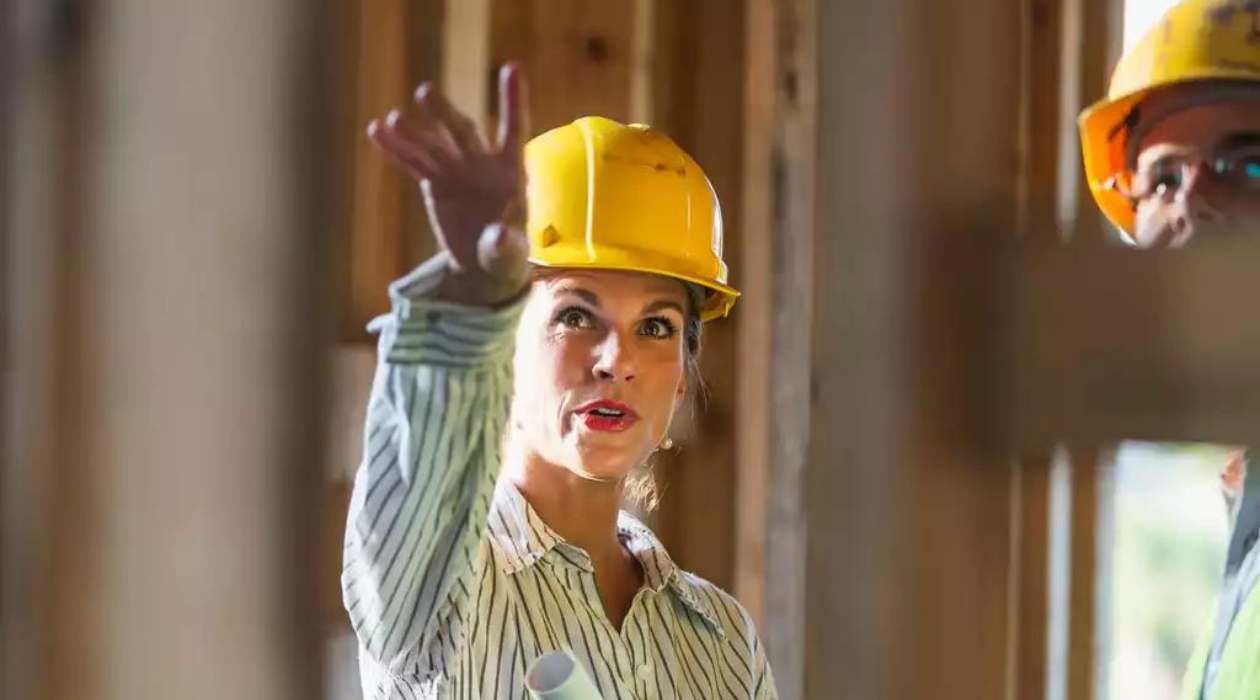
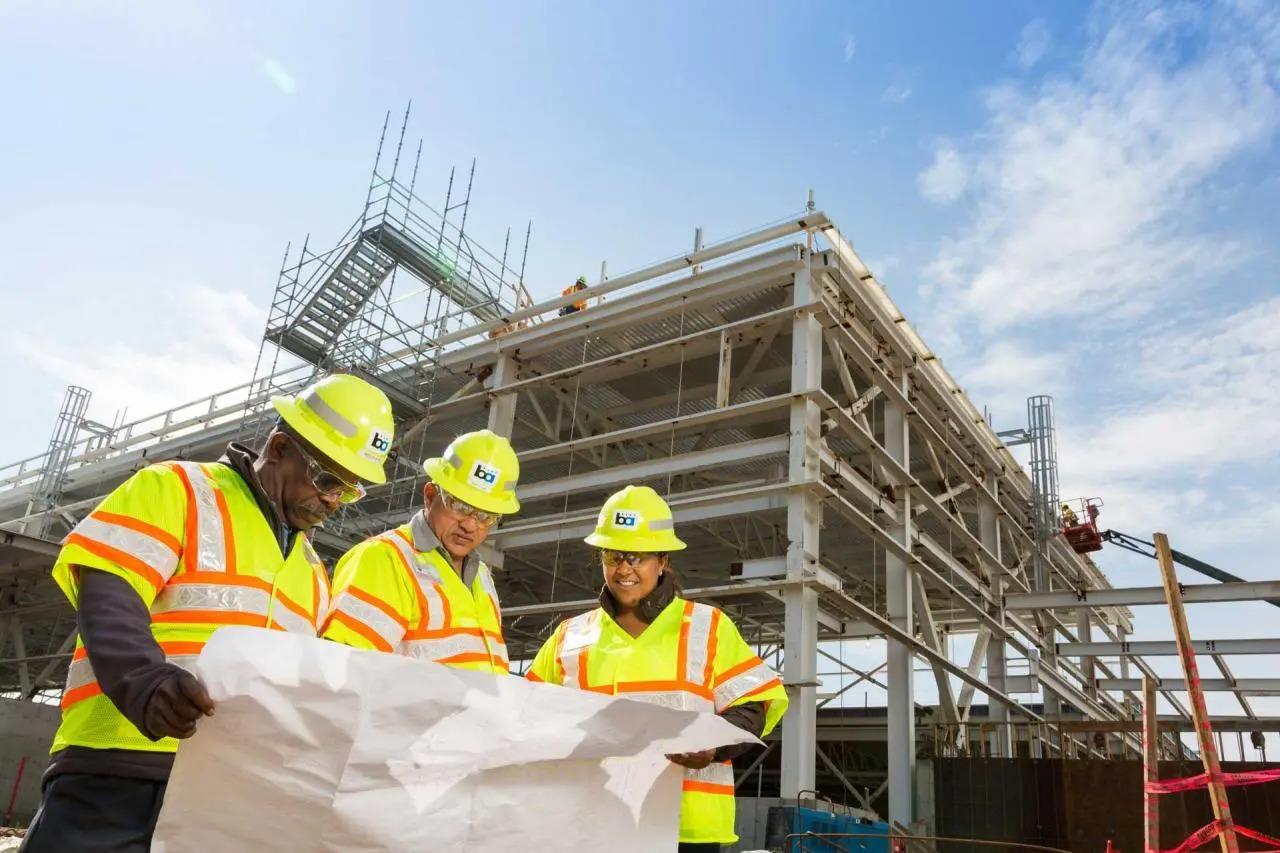

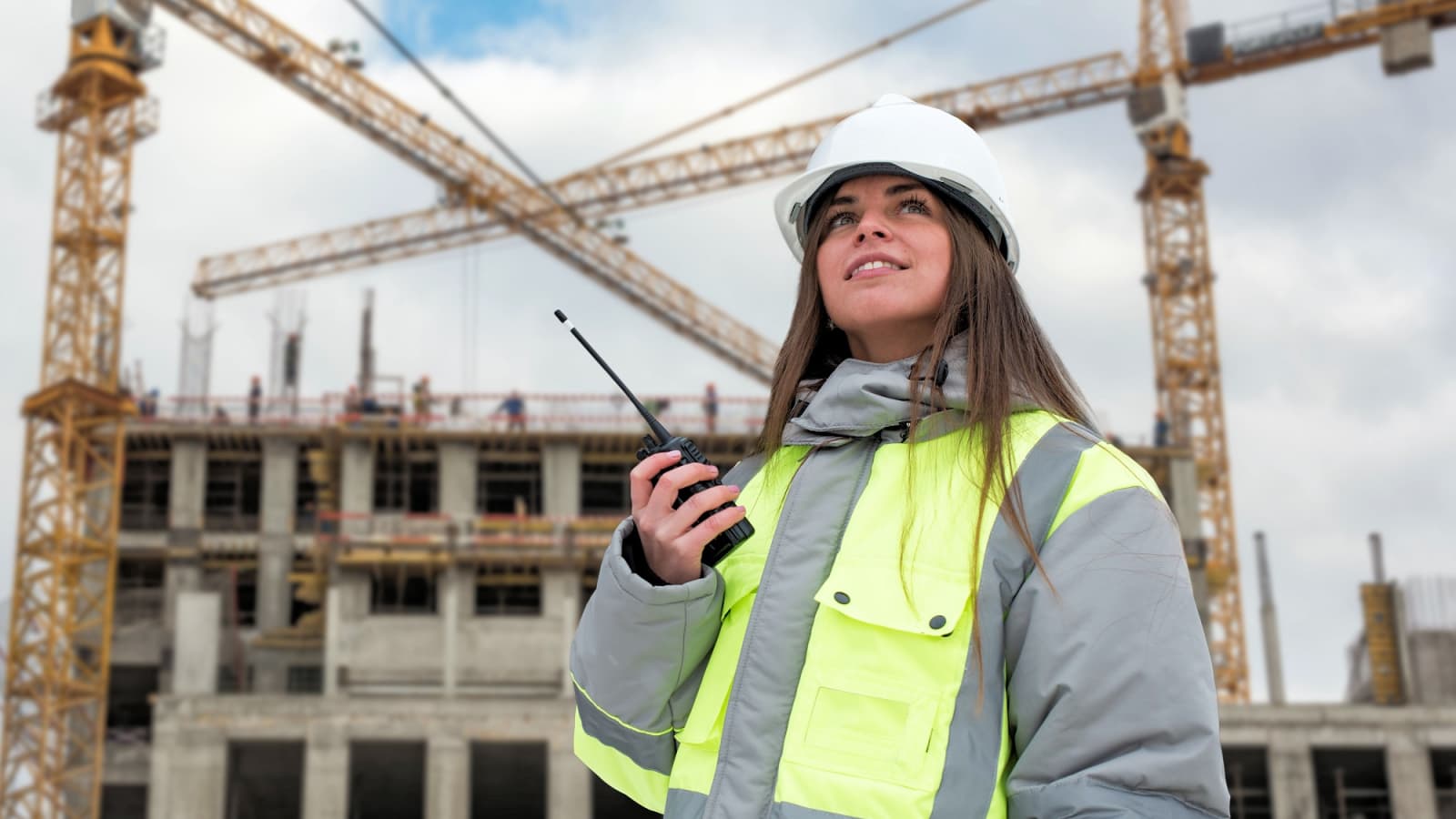

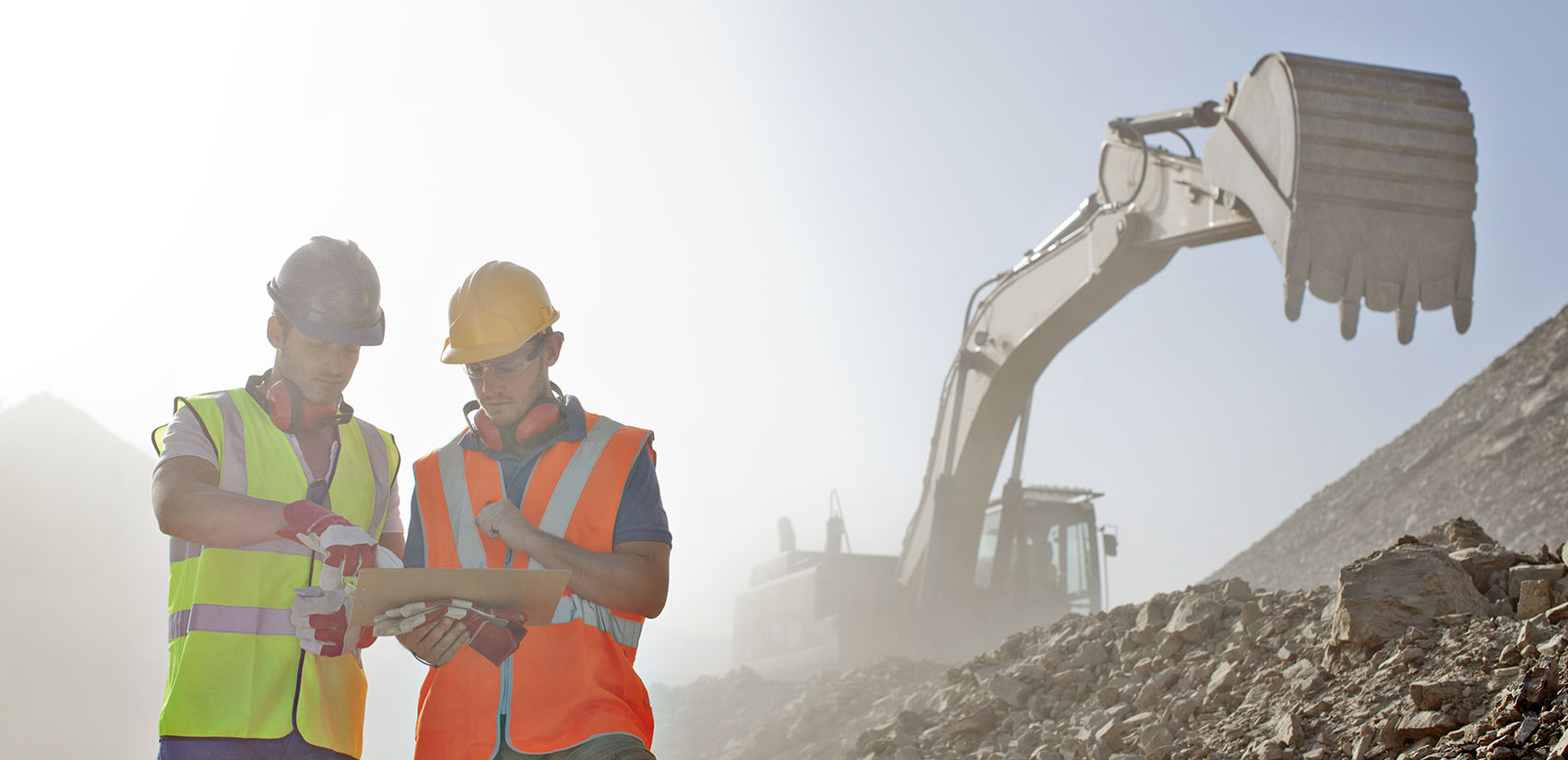
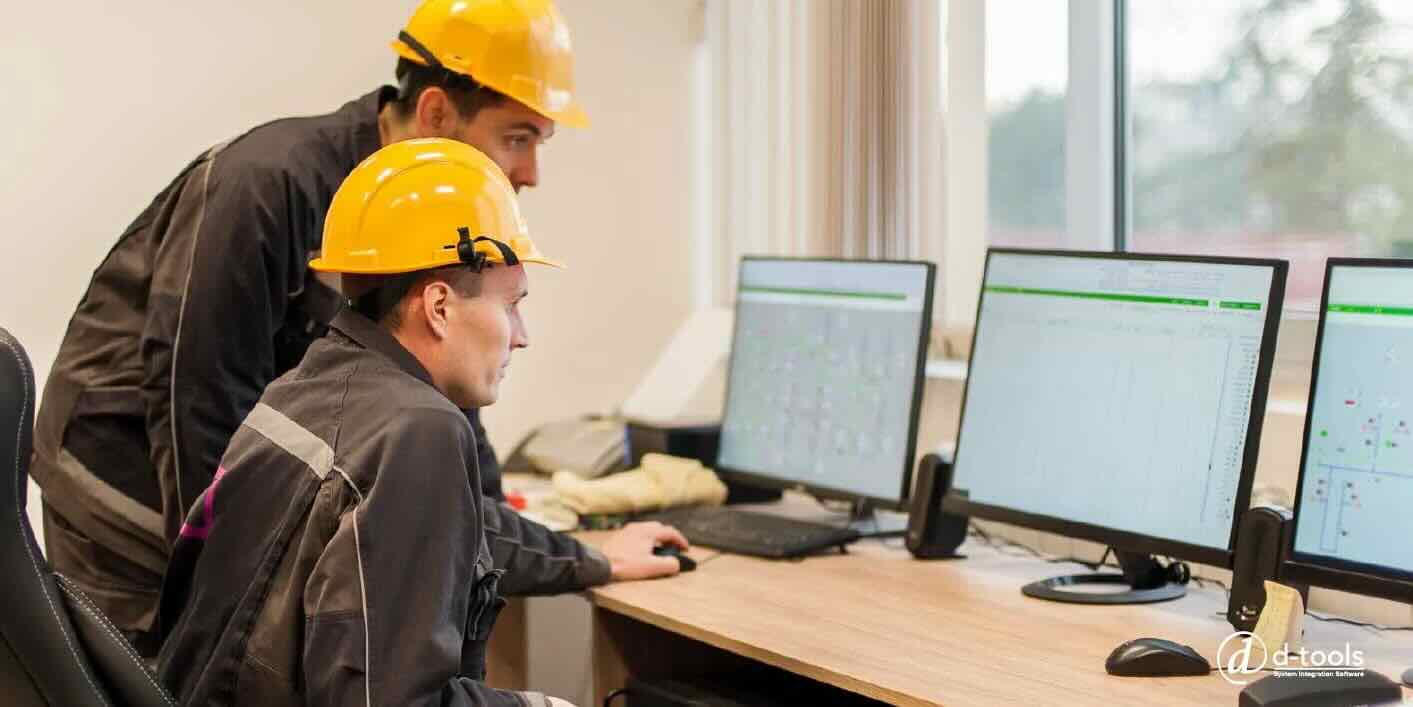
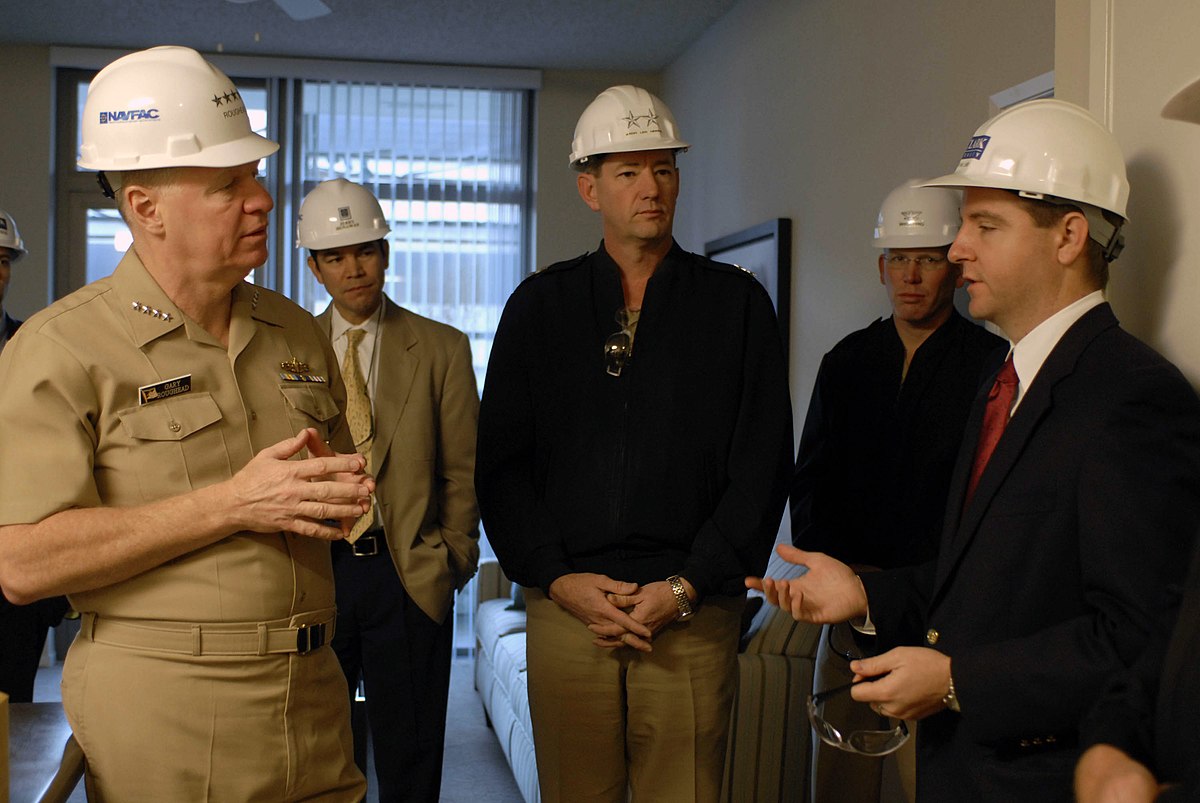

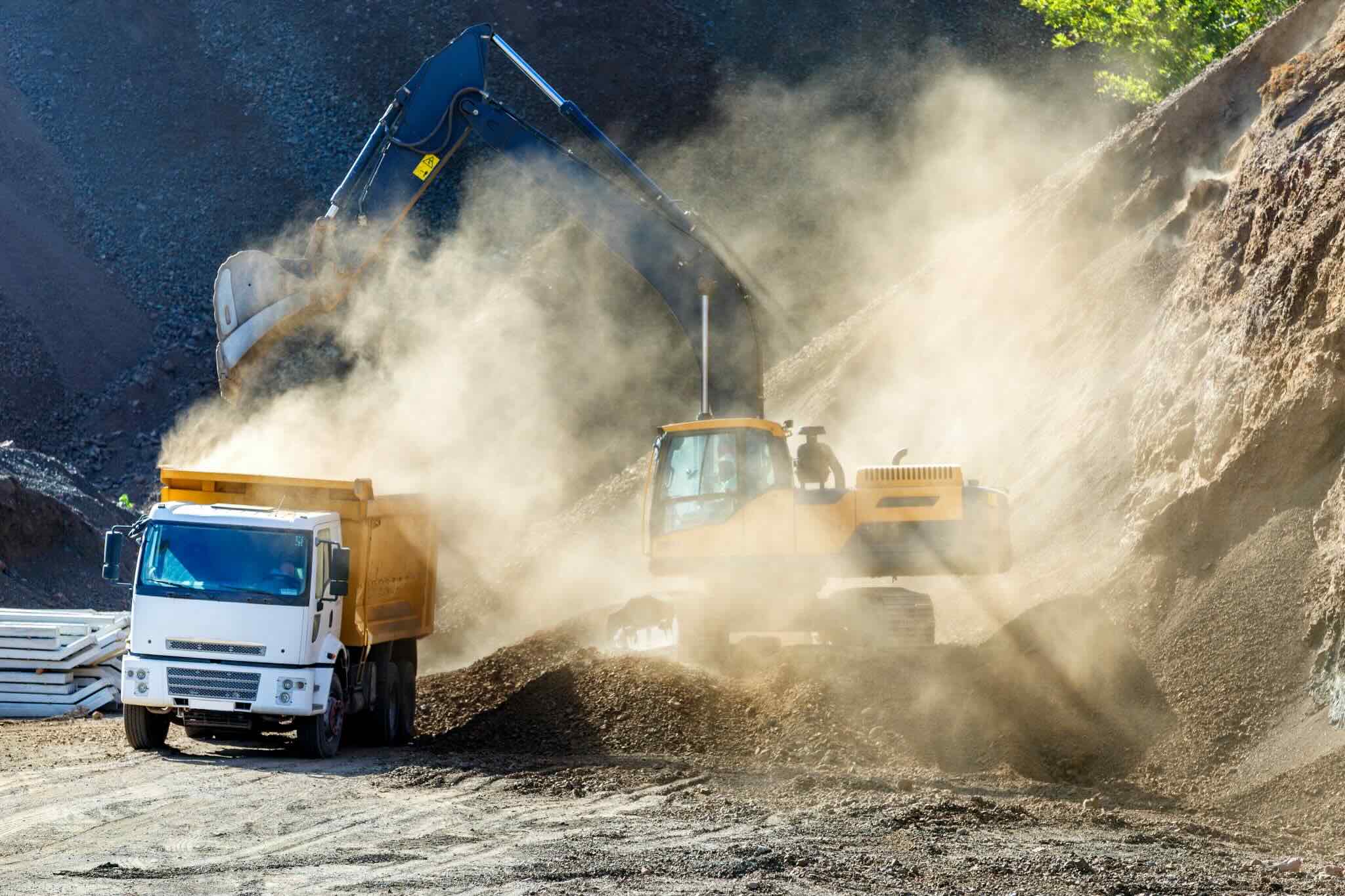



0 thoughts on “How To Be A Flagger For Construction”